Did you know that some flowers can change their color?
Believe it or not, hydrangeas are flowers that can change color based on the type of flower you are growing as well as the soil pH. You can influence which colors are expressed by paying attention to the quality and pH of your soil.
If you’re new to gardening and want to know how to change the color of hydrangeas, you can learn more by following the tips and tricks outlined below. For even more tips on how to care for your hydrangeas, you can check out our article here.
Do All Hydrangeas Change Color?
Sadly, it’s not all hydrangeas that can change their color on a whim. Only the flowers of certain types of hydrangeas, like Bigleaf hydrangeas (H. macrophylla), like Lacecap and Mophead hydrangeas, as well as H. serrata hydrangeas, can change their color.
The basics, however, are simple. The relationship between pH and color is complicated and has more to do with just a pH value. It is also the availability of aluminum ions in the soil - as well as the extent to which a certain cultivar of hydrangea can absorb them - that plays a role in color expression.
The color change does not take place instantly but instead takes weeks or months - sorry, no magical color-changing here! It should also be noted that it is much easier to make blue flowers pink than it is to make pink flowers blue. Some cultivars change colors much more easily than others.
What Affects Hydrangea Color?
If you want to grow blue hydrangeas, you should do so in soils that are acidic. Pink and red hydrangeas thrive in neutral or alkaline soil.
As a quick guide, acidic soils with pH values of less than 5.5 will grow hydrangeas that bear blue flowers. Plants that are grown in soil with pH greater than 5.5 will grow pink flowers.
Unfortunately, white hydrangeas aren’t usually influenced by soil pH. White flowers will stay white no matter what you do and tend to prefer the same conditions as pink and red hydrangeas.
How to Change the Color of Your Hydrangeas
Wait Two Years
Don’t try to change your hydrangeas’ colors until they have been in the ground for at least two years. If you try to change colors sooner than that, you may find that they don’t bounce back well, since they weren’t given ample time to recover from the shock of planting.
Then, when you’re ready to plant, test your soil. Check with the local nursery to find out how much aluminum sulfate to use to change your soil acidity and then follow the guidelines for color changing, which we will outline below.
You can test your soil by collecting a small sample of soil from your garden, ideally as close to your hydrangeas as possible. Pour some distilled white vinegar over the soil in a container. If it fizzes, the pH level is high - your soil is alkaline. If it does not, it is either acidic or neutral.
Changing Pink Hydrangeas Blue
Want to make your pink hydrangeas blue? You’ll need to increase the acidity of your soil. To do this, apply a solution of a quarter ounce of aluminum sulfate to a gallon of water three times per year. This colorless salt can be purchased in any garden center.
Give the soil its first application of aluminum sulfate as soon as the plants start growing in the spring. Do this twice during the growing season, ideally at three- to four-week intervals. Once a year, in the spring, apply a balanced fertilizer as well.
Changing Blue Hydrangeas Pink
If you want to make the switch the other way, you will need to increase the alkalinity of the soil (or lower its acidity). To do this, you will want to add ground limestone or dolomitic lime to the soil in either the spring or the fall. Do this at a ratio of 4 lbs per 100 square feet. Water well.
It’s important that you test your soil before adding this solution - too much alkalinity can cause your plants’ leaves to suffer from chlorosis or to die.
You can apply a 25-10-10 fertilizer in the spring or fall, too. A fertilizer that is a bit higher in phosphorus should do the trick, and it will also help prevent the aluminum from producing toxic symptoms in your hydrangeas.
Using Natural Soil Amendments
When you are trying to change the alkalinity or acidity of your soil, bear in mind that you don’t have to rely just on ground limestone or aluminum sulfate to do this.
There are other natural amendments you can use as well. If you need to make the soil acidic, you should do so by increasing the presence of aluminum with amendments like compost, coffee grounds, or pine needles.
Other Things to Keep in Mind
Your hydrangea flowers will often change color on their own in the fall, but not necessarily in the way you want them to. They will sometimes turn pink, green, or tan as they age and die back each autumn.
The hardness of your water can also affect flower color. Hard water (that with a high mineral content) can cause your blue flowers to become pink. Use rainwater to water your hydrangeas if you wish to avoid this.
Don’t forget the fact that when you water your hydrangeas, the acidity or alkalinity of the water can affect the bloom color, too.
When you first get your nursery hydrangea home, it might be one color - but don’t be surprised if it changes color when you plant it outside! Remember, knowing how to change the color of your hydrangeas ultimately comes down to your soil type and pH - so you may be pleasantly surprised by your new chameleon plant when you get it in the ground.
If you're in search of further inspiration or more beautiful perennial blooms you can look through this article.







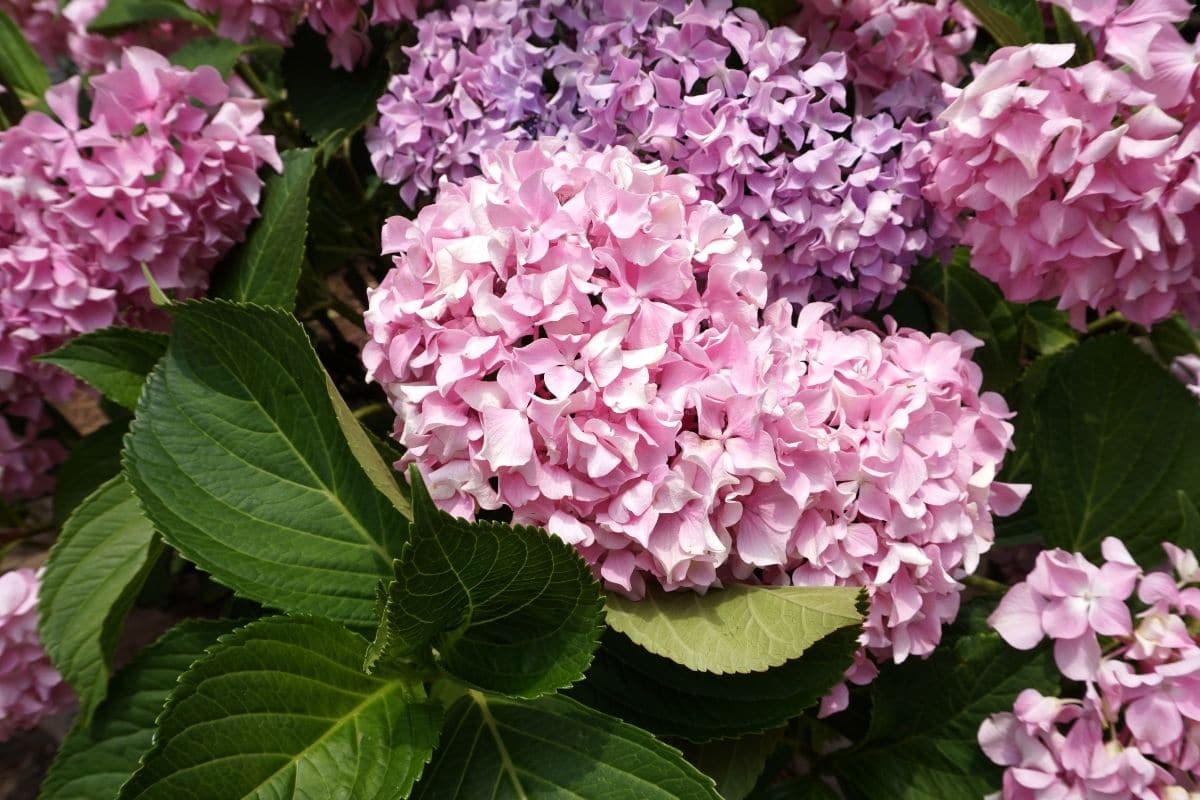
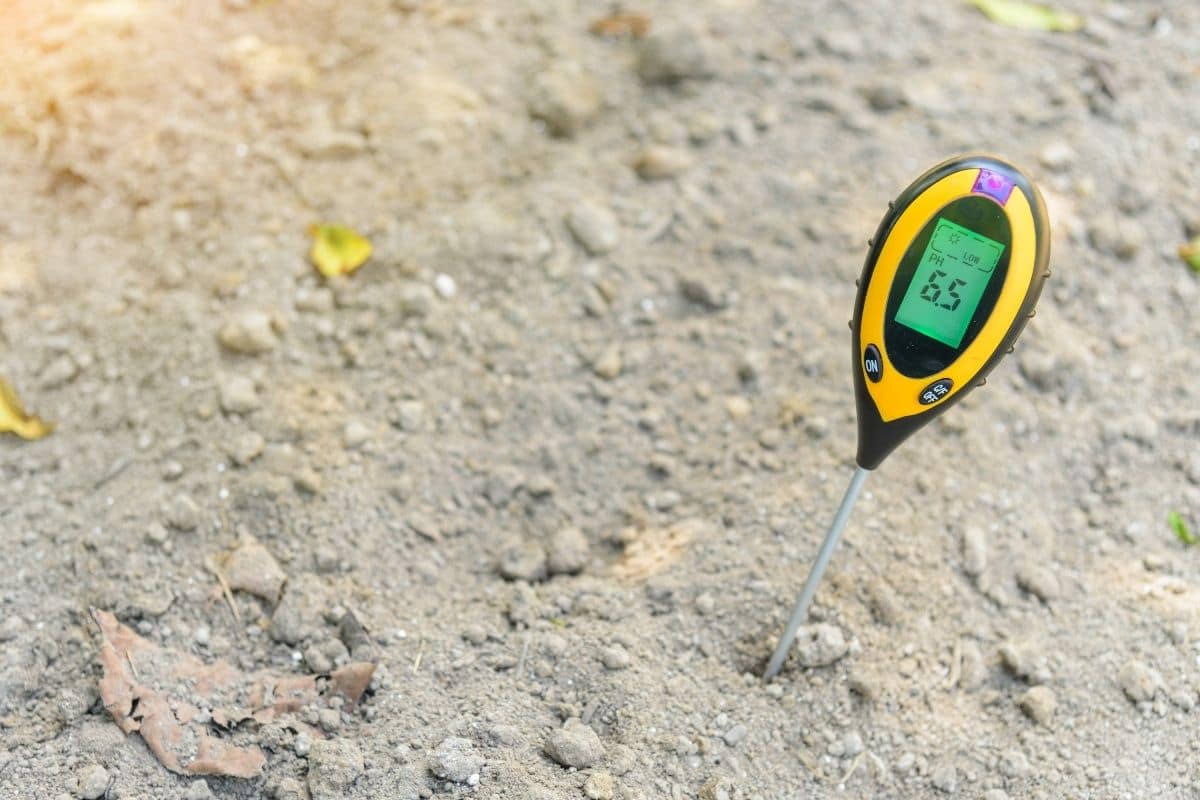
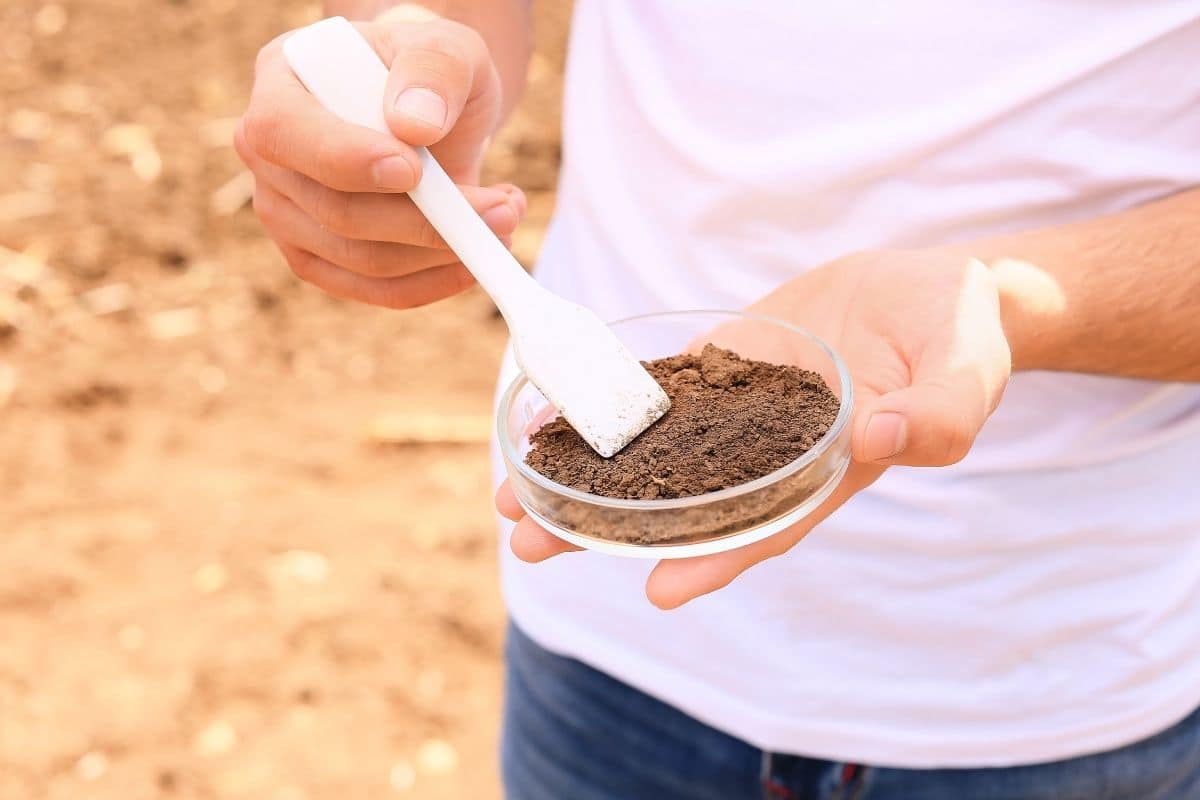

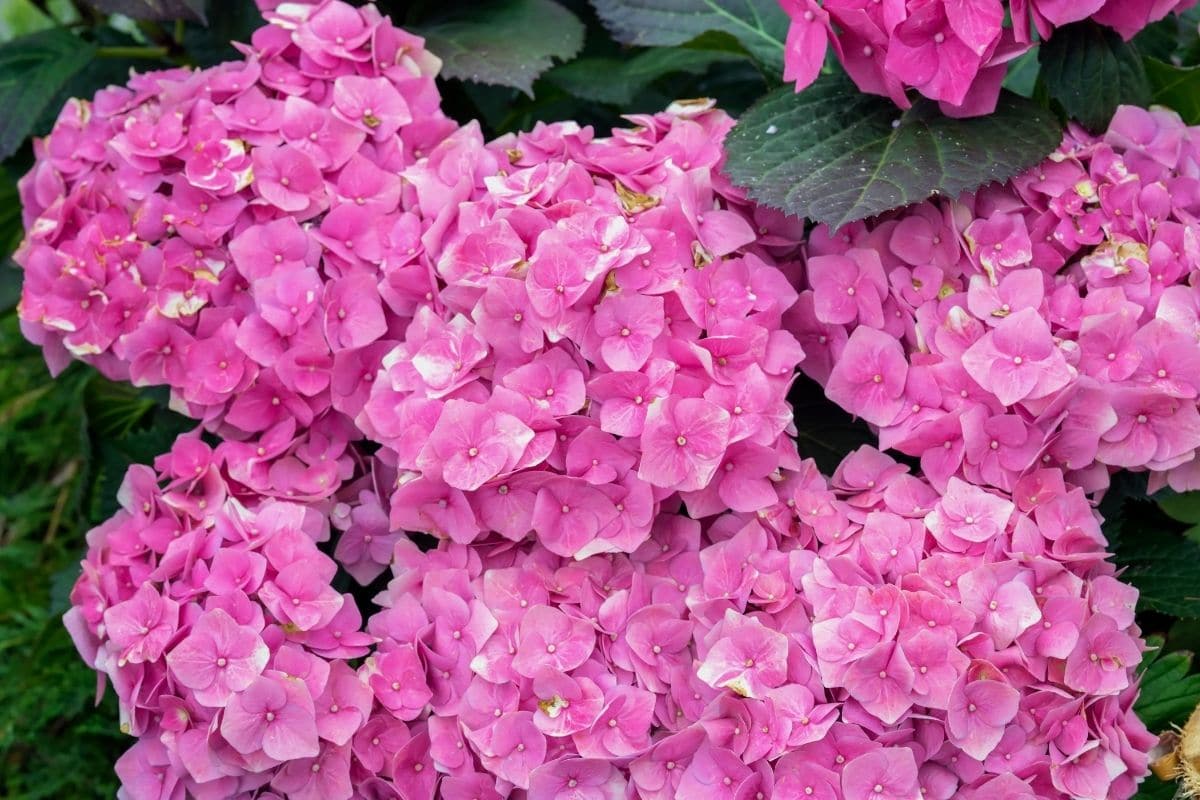
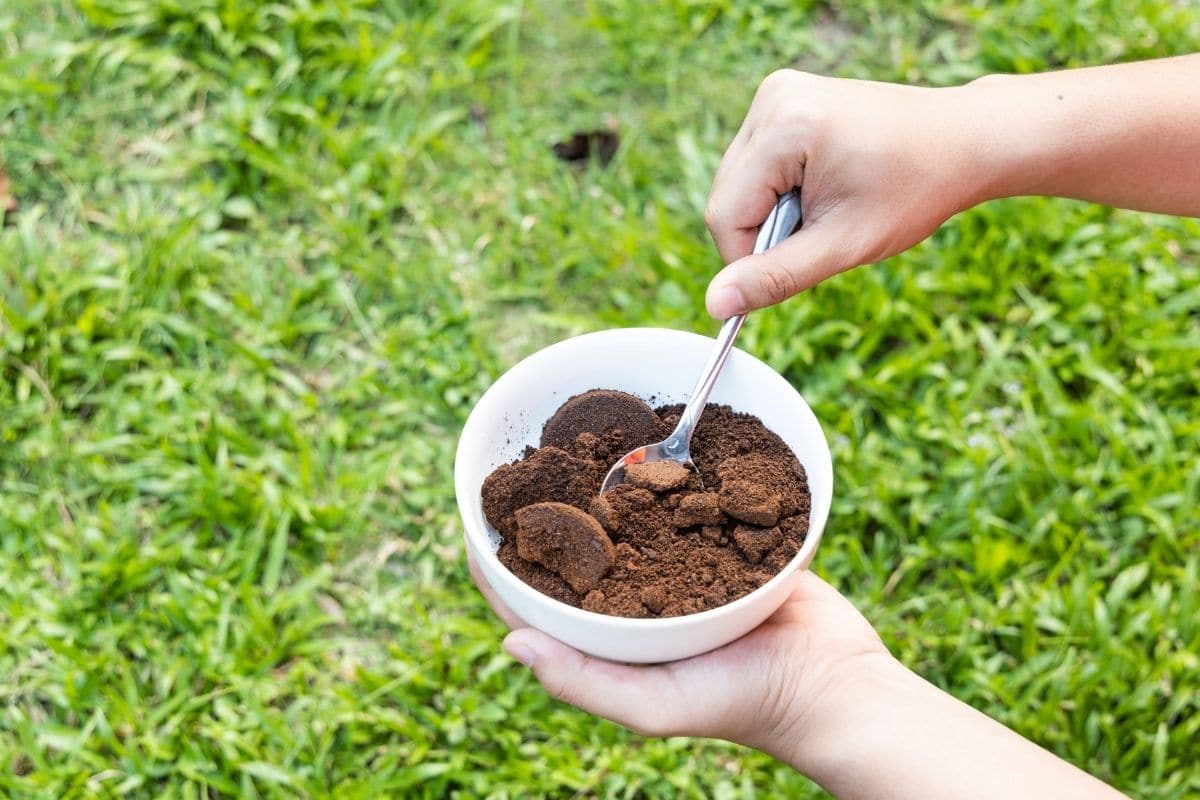
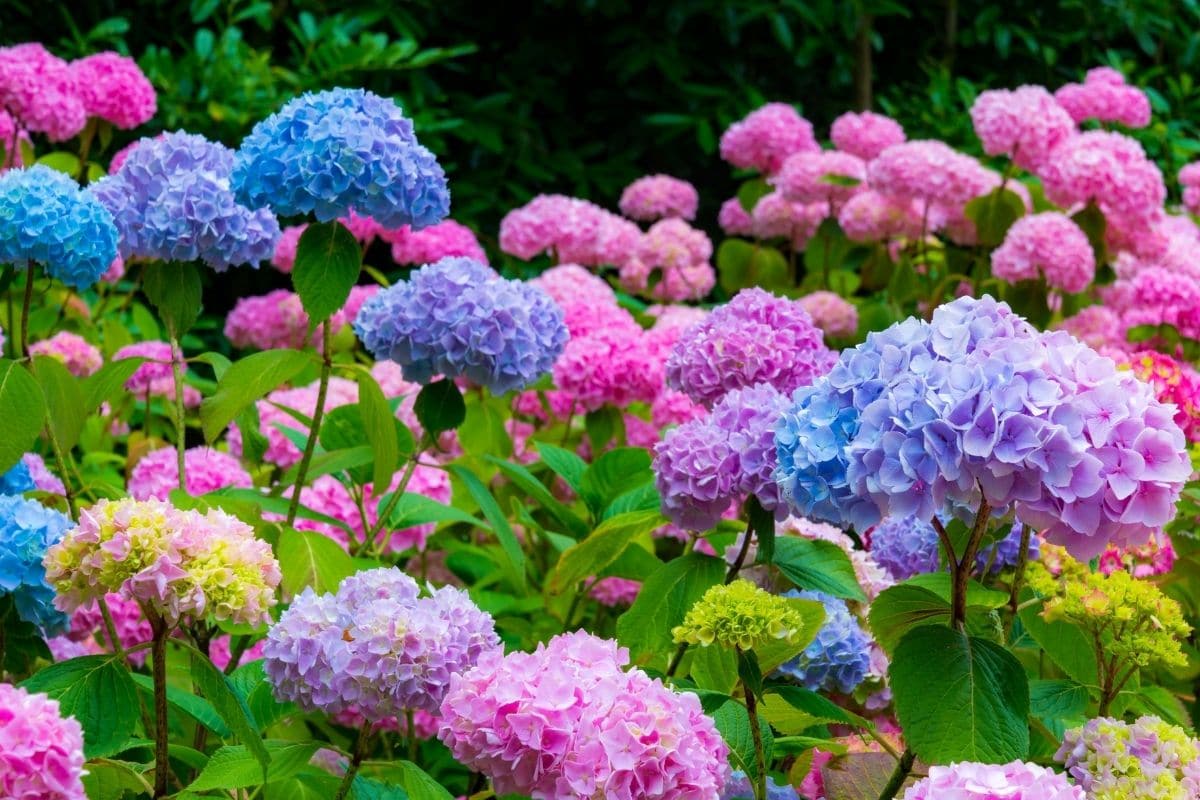




Ernie
I enjoy the articles about growing veggies, blueberries and flowering plants